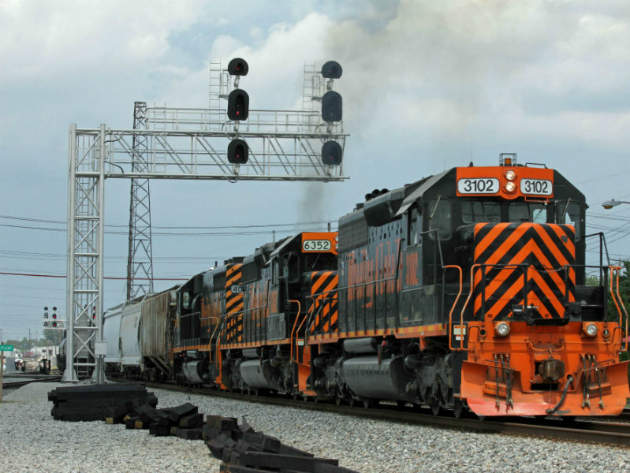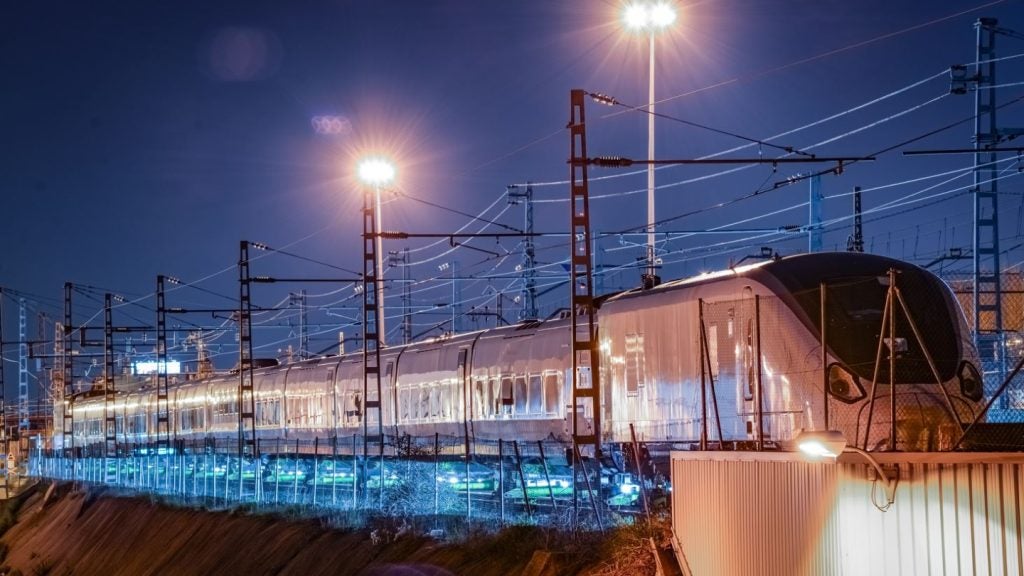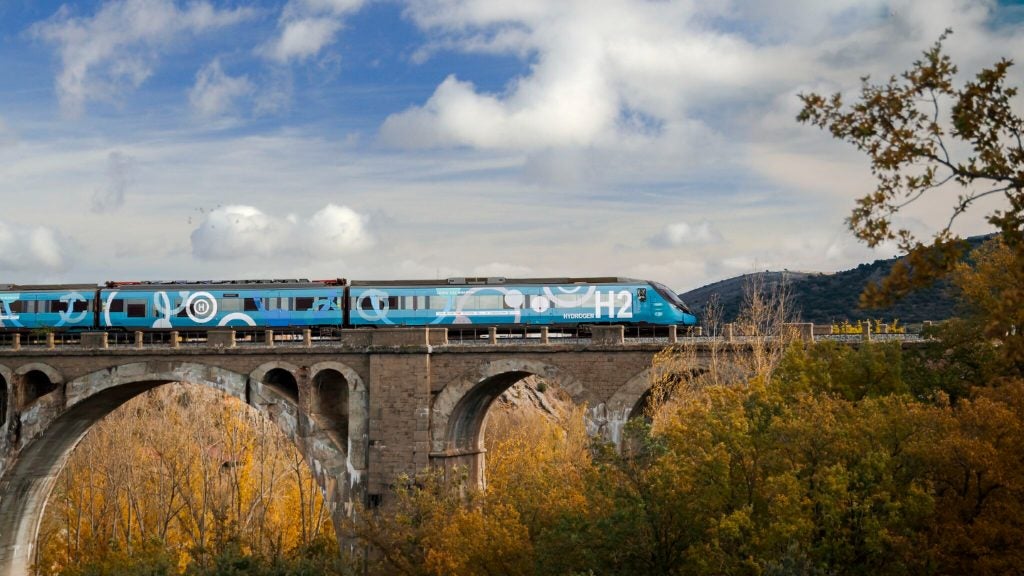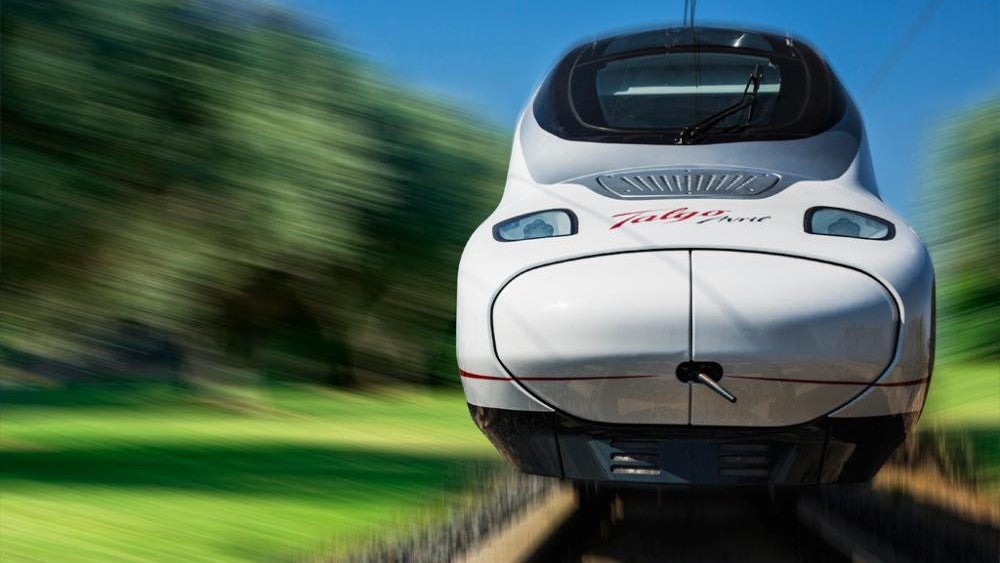

It seems that not a day passes without yet another news story describing how the transport sector is changing with drivers being replaced by technology. ‘Driverless’ has become a buzz word, the term that is beginning to define transportation of the future.
Two of the biggest markets for this are cars and trucks. Andy Stern, former president of the Service Employees International Union, said in June: “Individuals can make their own choices about whether they want to get into a driverless car or taxi, but labour-saving technology will be deployed by businesses much quicker.”
There’s also been some form of automation on worldwide metro systems for many years. London’s Docklands Light Railway is one example, while the Copenhagen Metro is run by a fully automated system, consisting of automatic train protection, operation and supervision.
However, one area where technology has yet to gain a foothold is rail freight.
See Also:
FRA: two-person crews for safety
On 15 August, the Association of American Railroads (AAR) urged the Federal Railroad Administration (FRA) to withdraw a proposed rule that mandates two-person crews on railroads. “The simple fact is that no data exist showing two-person crews will enhance safety," said Edward Hamberger, AAR president and CEO, in a statement.
How well do you really know your competitors?
Access the most comprehensive Company Profiles on the market, powered by GlobalData. Save hours of research. Gain competitive edge.

Thank you!
Your download email will arrive shortly
Not ready to buy yet? Download a free sample
We are confident about the unique quality of our Company Profiles. However, we want you to make the most beneficial decision for your business, so we offer a free sample that you can download by submitting the below form
By GlobalDataEd Greenberg, AAR head of media relations, says the organisation also “believes the FRA should leave crew size determination to freight railroads and their employees”, although the AAR’s opposition to the plan is not due to any explicit support for driverless technology.
Greenberg adds: “While the [US] Department of Transportation is throwing its full support behind development of autonomous vehicles as a way to improve safety on our roadways, it is backing a rule-making for the rail industry that goes in the opposite direction and would freeze rail productivity and chill innovation.”
For its part, the FRA, which failed to respond to a request for comment, has said in press statements that it believes “safety is enhanced with the use of a multiple person crew; safety dictates that you never allow a single point of failure”. But, as Hamberger’s comment shows, this is a point of contention.
Currently there’s unrest in the industry, as some feel rail freight is being left behind technologically and, consequently, its business could suffer. Former director of the research and development office of the FRA and now a rail consultant, Steven Ditmeyer believes that “yes, conceivably” rail freight could be left behind, but he also recognises occasions where two-person crews would be justified, “for example, a 120-car coal train going across Nebraska, at night, in the winter in a snow storm”.
As Ditmeyer explains: “Railroaders in the US aren’t always really good at foreseeing how new technology will work.
“Many of the top people are perhaps not technical people. That makes them more cautious. Also, technology is expensive to implement. It has potential major benefits, but some are not fully comfortable with it.”
That’s not to say, though, that technology is completely absent. Positive train control, which will have the ability to automatically stop a train, has been a long-running issue in the US, with the deadline for implementation now set at 2018, three years later than originally planned. There are also drones used for track and bridge inspections and what Greenberg calls “alerter systems” in freight cabs, among other things.
“There is no magic bullet when it comes to safety,” says Greenberg, “it requires relentless innovation. The industry increasingly resembles Silicon Valley rather than [the] iconic black and white railroad images of days gone by.”
Driverless trials planned in Europe and for Rio Tinto
Across the pond in Europe, there is greater progress on driverless technology.
It was revealed in June that Dutch company Prorail is planning to trial automated operation of freight trains on the Betuweroute freight line, which links Rotterdam to the German border, near Emmerich. The International Railway Journal reports that trials are expected to begin next year and that a driver will be present during the tests.
Meanwhile, German operator Deutsche Bahn has bigger ideas for its network. Its chairman, Rudiger Grube, told the German newspaper Frankfurter Allgemeine Zeitung in June that “by 2021, 2022 or 2023 we will be able to run fully automatically in parts of our network”.
Foreshadowing that, there is still much to be done, as Grube added: “Autonomous driving on a complex rail system, with passenger trains and freight trains is more difficult than on a subway – but it is possible. The first pilot projects are already running, on a test field, we have built [on] the Erzgebirgsbahn."
Reports suggest that trains will be fitted with cameras and other technologies to detect obstacles on the track and stop the train if necessary. When asked for more information, a Deutsche Bahn spokesperson said: “The project is still in an initial stage. In order to make a precise and explicit statement, further detailed discussions and studies are necessary.”
A more concrete plan, albeit one that has been delayed, has been put forward by Rio Tinto. The $518m AutoHaul project – which Rio calls the world’s first fully autonomous, heavy-haul, long-distance railway system – is intended to transport iron ore from the company’s 15 mines in Australia's Pilbara region.
Rio Tinto has already run trials for AutoHaul, but the original target to have all trains with driverless operation by 2015 has been missed.
‘They can be made safe’
As the industry awaits news of the aforementioned trials, and as the FRA reviews comments it received regarding its plans, the question arises: how long before driverless tech becomes the norm?
“I would say greater than ten years. The technology isn’t quite there yet,” says Ditmeyer. But, he adds: “They could be made safe."
This view is shared by Bill Newman, senior advisor at HC Project Advisors. “I think driverless trains can be made safe, just as I think autonomous cars and trucks can be made safe,” he explains. Although, he admits that “there would need to be a substantial effort to educate and persuade the public of that conclusion”.
As well as that, Newman acknowledges that the issues are complex and difficult. “That said, there is an announcement in the media every day of a major company investing in autonomous operation.”
Technology can improve safety, but as Ditmeyer outlined earlier, there may be some examples where human interaction is necessary. The safety of using automation on freight will only become evident once numerous trials have been completed. That said, it is very likely driverless technology will impact the rail freight sector in one way or another over the next few years, just not at the same speed as other industries.
“If Europe is going to do these driverless trials, it will be quite fascinating,” Ditmeyer says.






